Miso butter is one of those culinary super foods that takes less than 5 minutes to prepare and makes nearly anything more delicious.
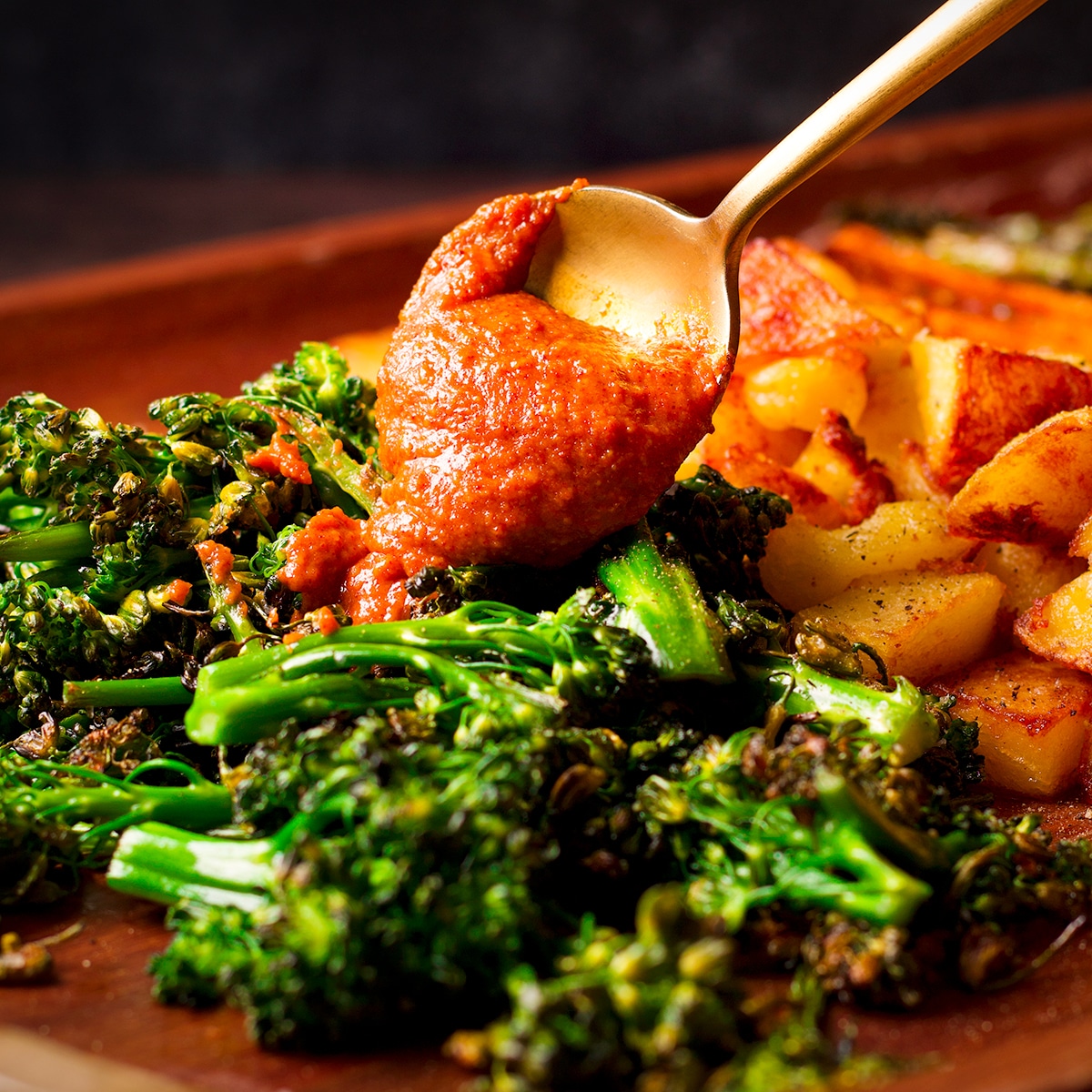
Jump to:

+ Subscribe to my newsletter for new and exclusive recipes in your in-box every month! As a full time traveler, living, working, cooking, and baking from a 5th wheel RV, it's also where I share our experiences of life on the road.
🥘 Ingredients
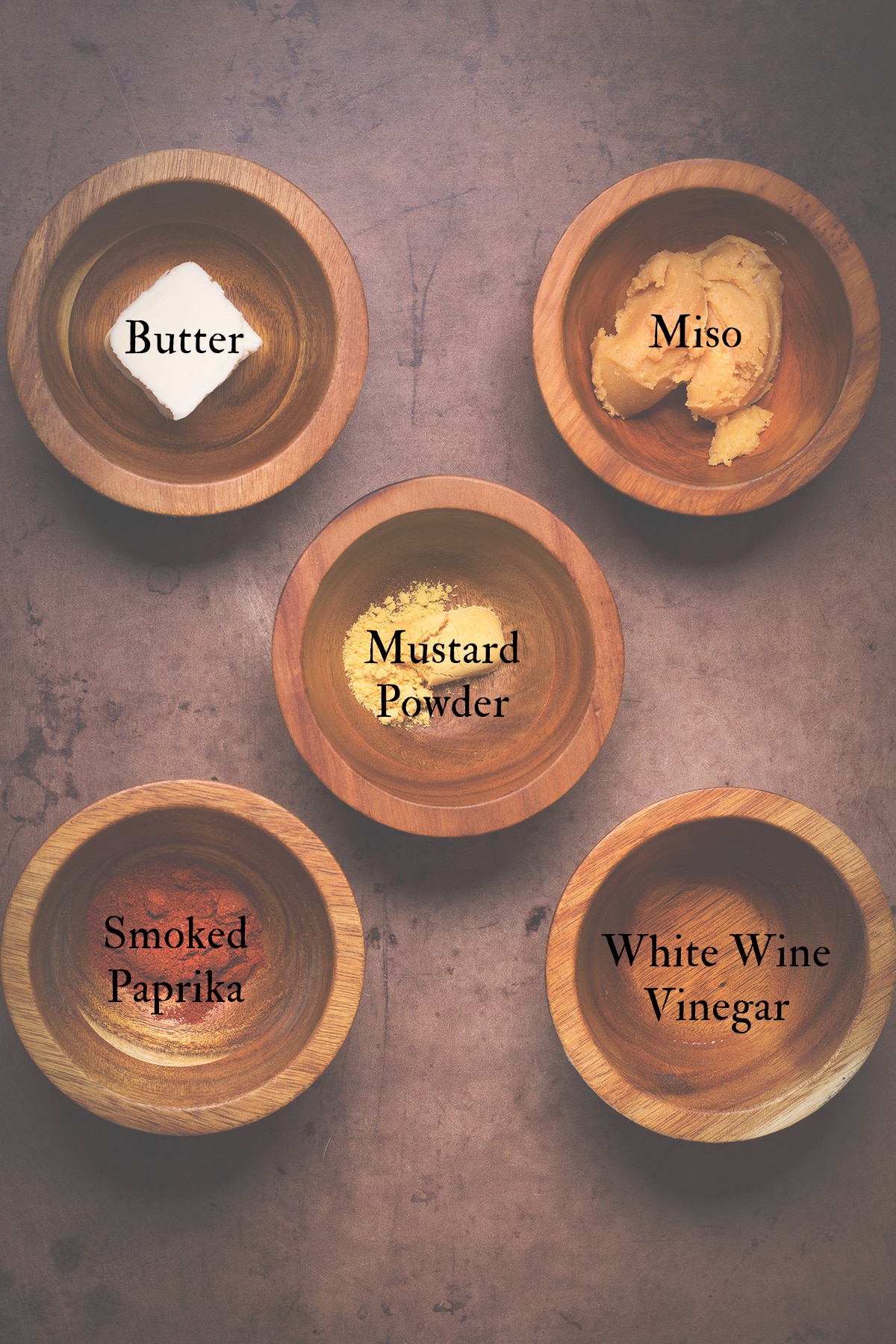
- Butter. I used salted butter but keep in mind that Miso has a high salt content so if you want to control how much salt is in your miso butter, use unsalted butter.
- White or red miso paste. Scroll down for a comparison of the differences between the two.
- Dry mustard. I used Colman's Mustard.
- Smoked paprika. Sweet paprika will work perfectly well in this recipe as will pretty much any other dried spice you would like to use (see the list of variations below). But, I love the subtle smokiness that smoked paprika adds to miso butter.
- White wine vinegar. Any kind of white or red wine vinegar works well in miso butter as well as many other kinds of vinegar. Take a look at the list of variations below for more ideas!
What's the Difference Between Red and White Miso?
Miso is a paste made from fermented soybeans. The texture is similar to nut butter and the flavor is rich, complex, salty, and packed with umami.
Miso is an important ingredient in Japanese cooking but it's becoming increasingly popular to use miso in every kind of cuisine because of its power to transform any dish with a punch salty, sweet, fermented flavor.
There are many different kinds of miso, but the two varieties that are the most common are white miso and red miso.
White miso (shiro miso) has a subtle sweetness and a less intense flavor than red miso. the fermentation process is not as long for white miso as it is for red miso, giving it a more mild flavor that's particularly good in soups and sauces.
Red miso is allowed to ferment much longer than white miso and so has a more concentrated, saltier flavor than white miso.
I usually like to use white miso to make miso butter because of its ability to add flavor to food without completely overpowering it. The exception is in hearty braised or roasted meats and stews. A dollop of red miso butter on a steaming bowl of Irish Stew, for example, is an unexpected way to create even more flavor and depth.
Just be mindful about the amount of salt you add to a dish in which you plan to top with red miso butter because red miso contains a high amount of sodium.
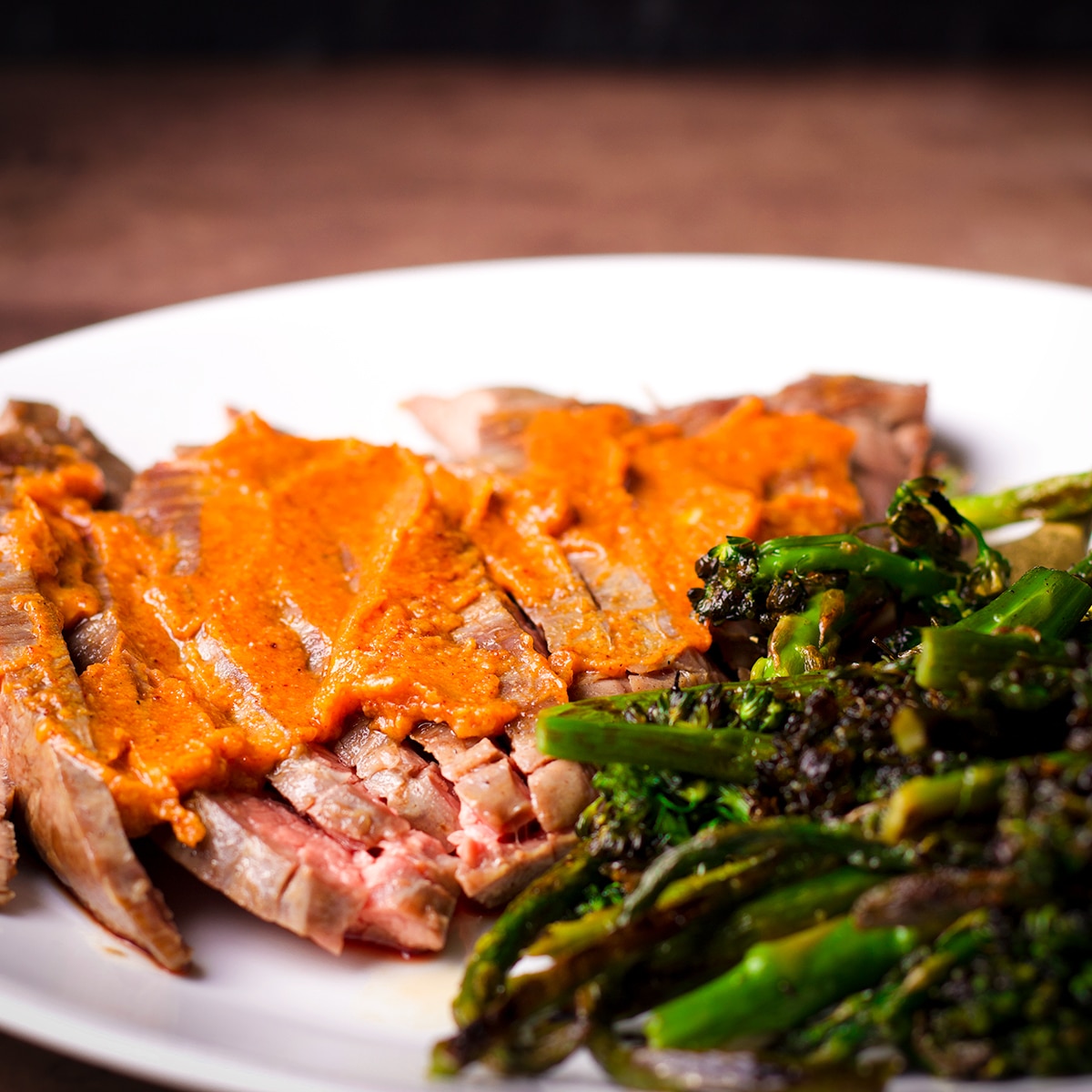
📖 Variations
There are unlimited variations in how to make miso butter, so what follows is simply a list of suggestions. Miso butter is nothing more than butter mixed with miso. The miso can be red or white and miso butter can be flavored in any way that strikes your fancy.
I feel that the combination of white miso, smoked paprika, and mustard creates a kind of all-purpose miso butter that's delicious on most kinds of meats, vegetables, and sandwiches. So that's what you'll see in this recipe. But, play around with any kind of herbs, spices, and vinegars to make miso butter that will be the perfect compliment to whatever you plan to use it on.
- Keep it pure: All you really need to make miso butter is miso and butter. If you want to keep the flavor pure and simple, leave it at that.
- Instead of smoked paprika and ground mustard: Use any other dried spice or combination of dried spices you like.
- Add some heat: Stir in some gochujang, chili powder, cayenne, or crushed red pepper to add some heat. You can also stir in a few drops of your favorite hot sauce.
- Add some minced garlic. I particularly love to add roasted or garlic confit to miso butter but you can also add a few cloves of finely minced raw garlic. Or, if you want a roasted garlic flavor in just a few minutes, sauté minced garlic in a bit of olive oil over medium heat until it's golden brown. Allow it to cool to room temperature before adding it to miso butter.
- Instead of white wine vinegar: Use any other kind of vinegar you like. White wine vinegar is a good all-purpose vinegar that adds some acidity to miso butter without being overpowering. Other good options are red wine vinegar (especially if you're making miso butter with red miso) and rice vinegar, seasoned or unseasoned.
🔪 Instructions
Ok, so this is the kind of thing for which you don't really need a recipe. You simply dump all the ingredients into a bowl and stir. Done and done. 🙌
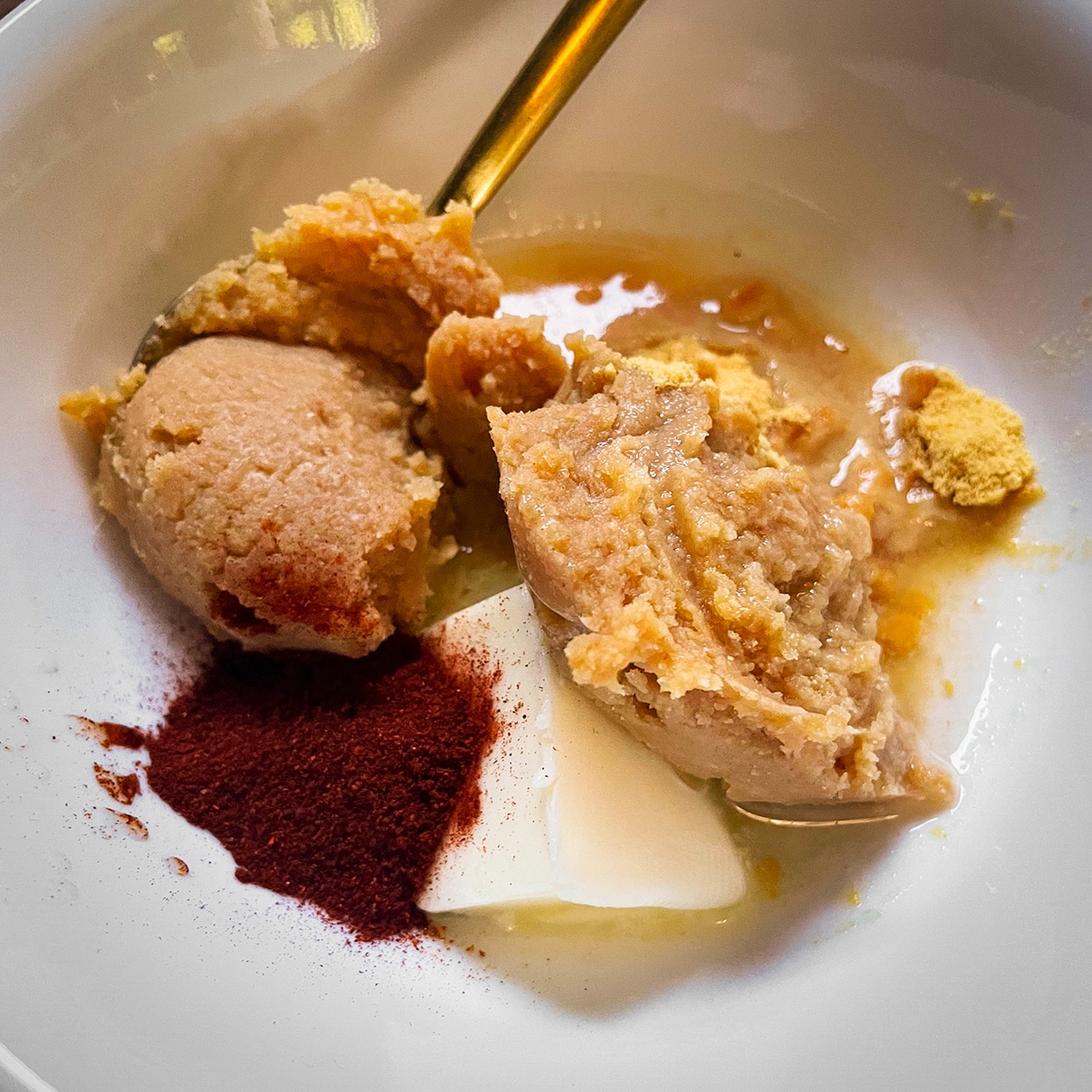
Add all the ingredients to a bowl and stir.
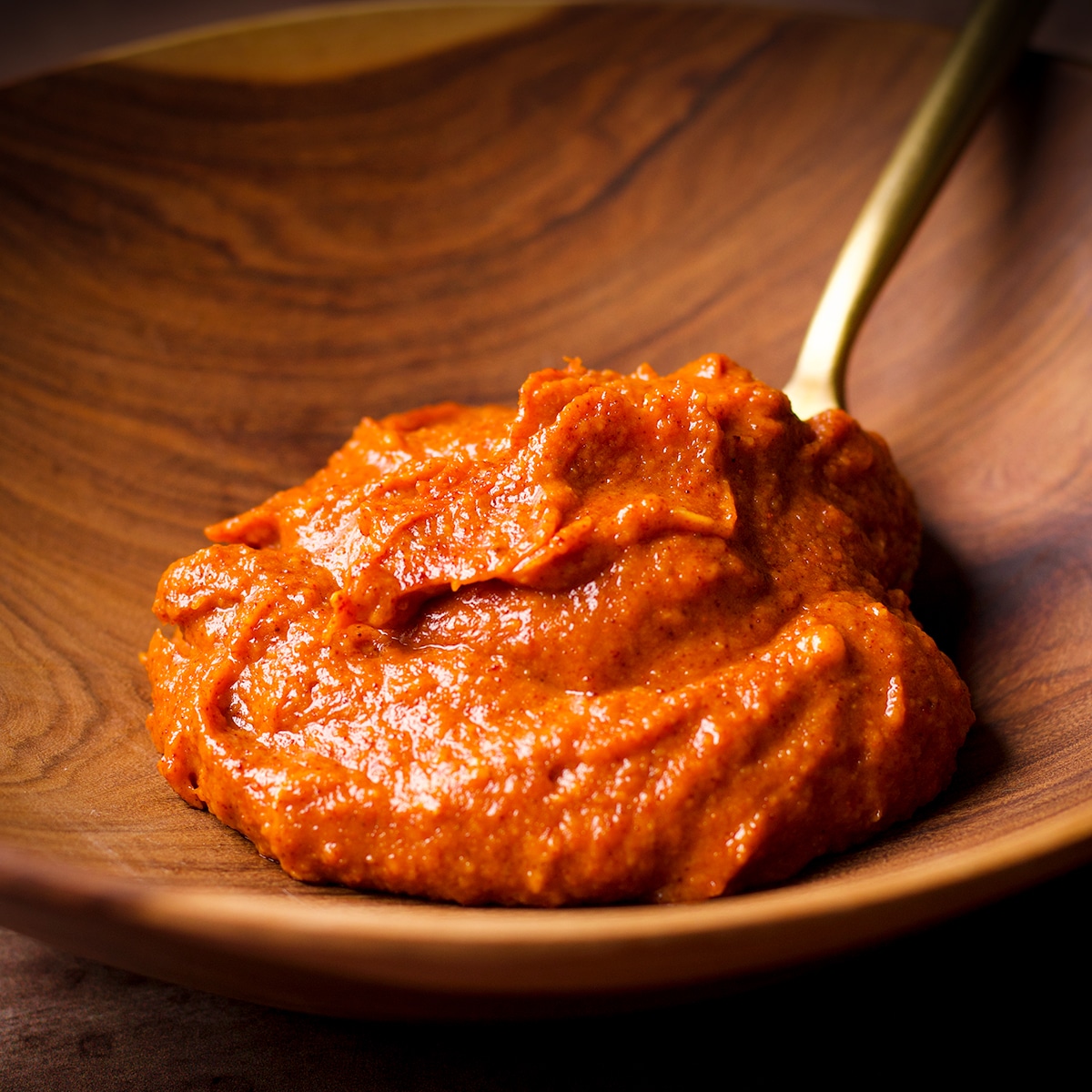
Taste and make any adjustments if you like. The miso butter is now ready to use!
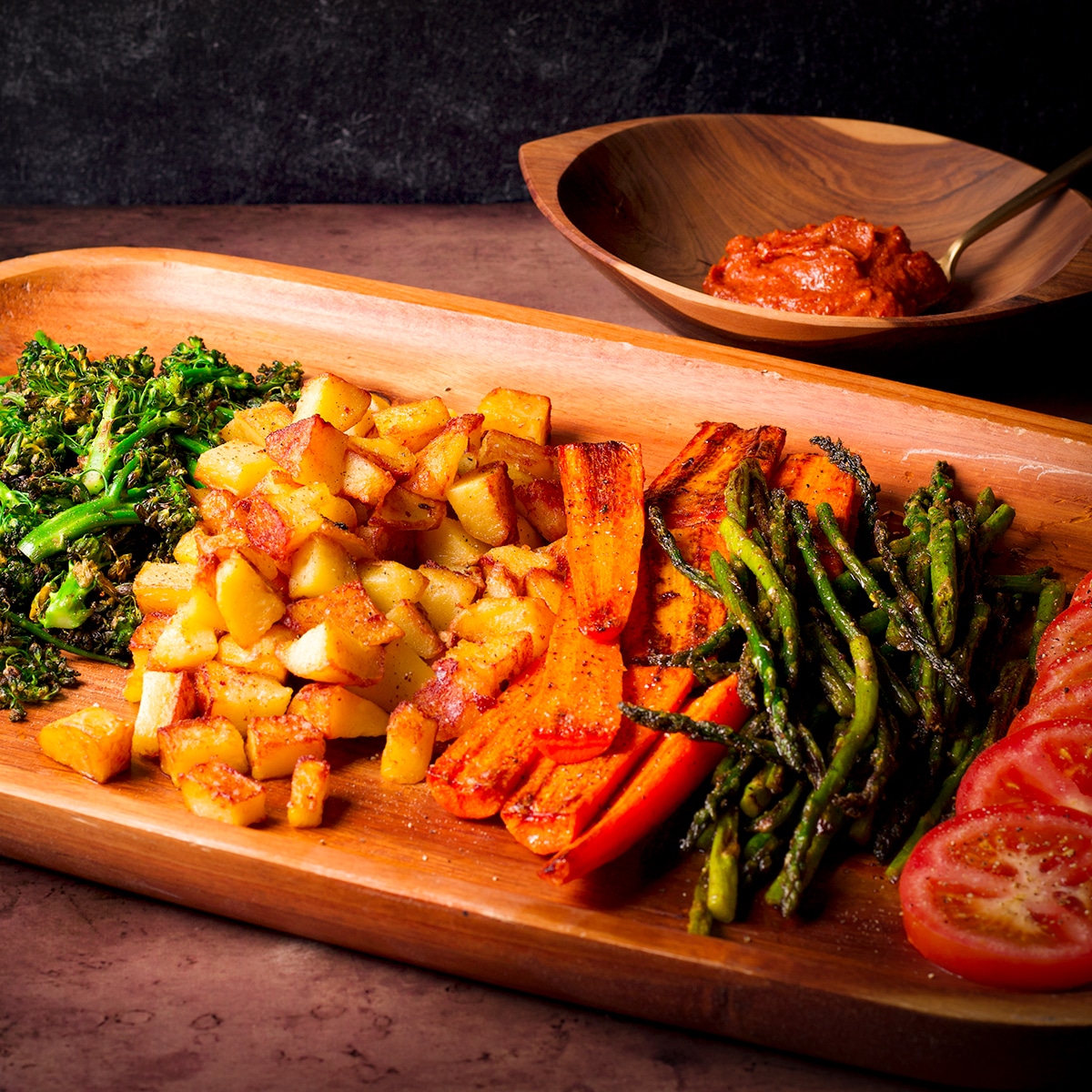
Pro tip! Be sure to use softened (room temperature) butter to make miso butter. Cold butter is extremely difficult to mix and won't blend into the other ingredients well. If your butter is cold, this is the best way to bring butter to room temperature quickly.
Ways to Use Miso Butter
My three favorite ways to use miso butter are:
- Smeared on steak right before serving
- Spooned over roasted or grilled vegetables
- In a grilled cheese sandwich (see the instructions for miso grilled cheese sandwiches below!)
Miso butter is also delicious brushed over fish or roast chicken, or drizzled on a baked potato or baked sweet potato. Melt miso butter and brush it onto grilled or roasted meats to create a delicious glaze.
Miso butter is also an incredible addition to mashed potatoes. This cream cheese mashed potato recipe is my favorite way to make mashed potatoes and I sometimes like to use miso butter in place of plain butter. So good especially when serving mashed potatoes with Asian Short Ribs.
Brush miso butter over crispy fried potatoes. A light brush of miso butter over hot country fried potatoes makes an unexpected and delicious sauce!
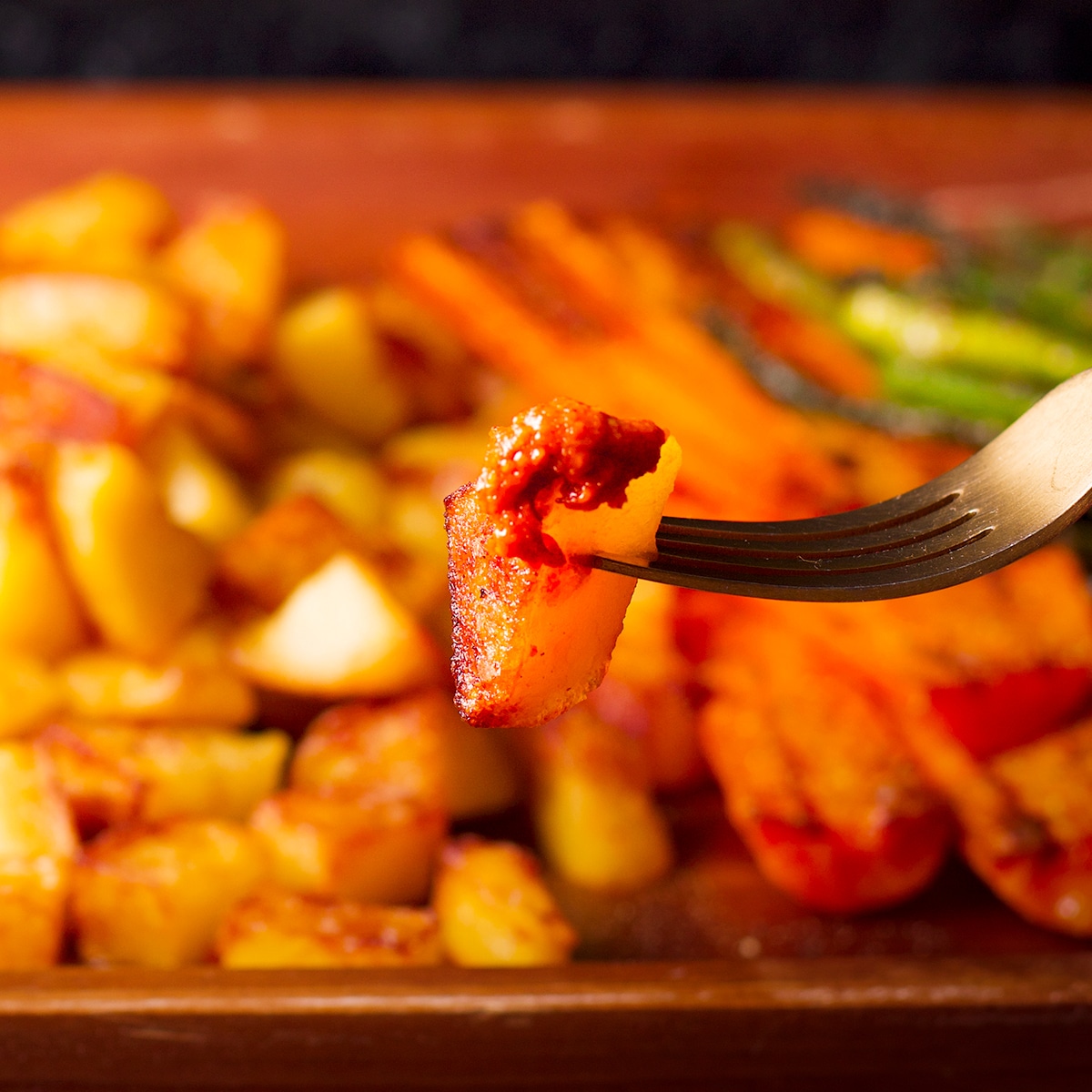
Smear miso butter over bread instead of plain butter. I especially love to include miso butter on a cheese board, tapas, or mezze spread along with za'atar labneh.
Use miso butter as a flavor enhancer for soups and stews: Add a spoonful of miso butter to soups or stews to enhance their flavor and give them a creamy and velvety texture. It's incredible stirred into simple chicken noodle soup or the most basic potato soup. Here are a few of my other favorite soups in which to add a spoonful of miso butter:
- Shrimp, Rice, and Shiitake Mushroom Soup
- Vegan Black Bean Tomato Soup
- Thai Pork and Noodle Soup
- Irish Beef and Guinness Stew
Stir miso butter into cooked grains. Mix a bit of miso butter into warm cooked rice, quinoa, farro, or barley to infuse them with a rich umami taste. It adds a delightful twist to your grain bowls or side dishes. It's fantastic stirred into the quinoa filling for quinoa stuffed acorn squash!
Miso butter also is a simple but powerful way to flavor a plate of pasta. Toss miso butter with hot cooked noodles for a quick and flavorful sauce. It also works well as a dressing for cold noodle salads especially those made with udon or soba noodles.
Give me a bowl of homemade fresh pasta tossed with melted miso butter for dinner any night! Pasta + miso butter = a complete meal, in my opinion. But here are a few ideas for simple additions if you want to round it out a bit:
- Toss in some grilled veggies, roasted veggies or sautéed veggies
- Toss in some roasted chicken, asian short rib meat, or pork carnitas
- Add some chopped cherry tomatoes and fresh herbs
- Toss in some caramelized sautéed mushrooms - the crispy mushrooms in this recipe for cauliflower soup are incredible sprinkled over a plate of miso pasta!
- Add some grilled or fried crispy tofu
- Top the noodles with something crispy like bread crumbs sautéed in butter and/or olive oil, roasted and chopped nuts, or toasted sesame seeds or pumpkin seeds.
- Top miso noodles with a handful of chopped fresh parsley and thinly sliced scallions
- Make the best Alfredo sauce EVER by stirring in a bit of miso butter.

How to make a Miso Grilled Cheese Sandwich
This is one of the easiest and most delicious sandwiches I have ever eaten. No joke.

Here's what to do:
- Smear the inside of two pieces of bread with miso butter (I like to add some minced garlic to the miso butter when I plan to use it for grilled cheese sandwiches)
- Stack one slice of bread with cheese - any kind or combination you like.
- Lay the other slice of bread over the cheese
- Add about a tablespoon of extra virgin olive oil and a tablespoon of butter to a skillet and set it over medium heat. When the butter is melted, add the sandwich.
- Cook the sandwich, turning it over halfway through cooking, until the outside is golden brown and the cheese is melted. You might need to turn the heat down while cooking to allow time for the cheese to melt without burning the bread. As the sandwich cooks, use a spatula to press down on the top of the sandwich every once in a while to smash everything together.
- Remove the sandwich to a plate and drizzle with a bit of honey
I especially like to use jalapeño cheddar bread to make miso grilled cheese sandwiches. The little bit of heat from the jalapeños in the bread + savory, umami rich miso butter + melted cheese + honey = pure perfection.
But, any kind of good, hearty, thick sliced bread will work great. If you want to add a bit of heat (the combination of spicy and honey is fantastic), add a teaspoon or so of diced jalapeños or pickled jalapeños, some hot sauce, or a tiny pinch of cayenne to the miso butter.
How to Store Miso Butter
You can keep miso butter at room temperature for up to 6 hours. After that, it's best to refrigerate it. Store it in a covered container in the refrigerator. Or, pat it into a log and wrap it in plastic wrap or parchment paper. Whenever you want a pat of miso butter, simply remove the log and slice off however much you need!
Miso butter will keep well in the refrigerator for at least 2 or 3 weeks. You can also store it in the freezer for up to 3 months. I like to freeze miso butter in tablespoon size "pats":
- Place tablespoon size scoops of miso butter on a plate and set the plate in the freezer.
- When the miso butter is frozen, you can remove the pats of butter and store them in an airtight container. This makes it easy to grab a tablespoon of miso butter whenever you need one!
Frequently Asked Questions About Miso
Miso has a savory, salty, umami-rich flavor with a hint of sweetness. Different types of miso, such as white miso and red miso, can vary in how salty and intensely flavorful they are. White miso tends to be milder and sweeter, while red miso has a more intense flavor and usually contains more sodium.
If stored in the refrigerator, unopened miso paste can typically last for several months or even up to a year beyond its expiration date. Once opened, miso paste will last up to a year if stored in an airtight container in the refrigerator. Over time, the miso might appear darker and the flavor may intensify, but it is usually still safe to consume as long as there are no signs of spoilage, such as mold or off odors.
Store miso paste in an airtight container in the refrigerator for up to a year. You can also freeze miso paste to extend its shelf life even further.
It's important to note that freezing miso paste may cause some separation, but this can be easily remedied by stirring it thoroughly after thawing. As with miso butter, I recommend freezing miso paste in small portions so it's easy to remove and defrost only the amount you need.
These days, miso paste is available at most major supermarkets. I've always had good luck finding it at Whole Foods and Trader Joes. It's most often found in the store's refrigerated section, often next to the tofu.
You can also order miso paste. I like this White Miso and this Red Miso, both of which come in handy squeeze tubes.
Miso contains quite a few vitamins and minerals and, like most fermented foods, is high in probiotics which can help the body maintain healthy bacteria levels.
Yes! Miso has been a plant-based Japanese food for hundreds of years. To make vegan miso butter, simply use vegan butter in place of regular, dairy-based butter.
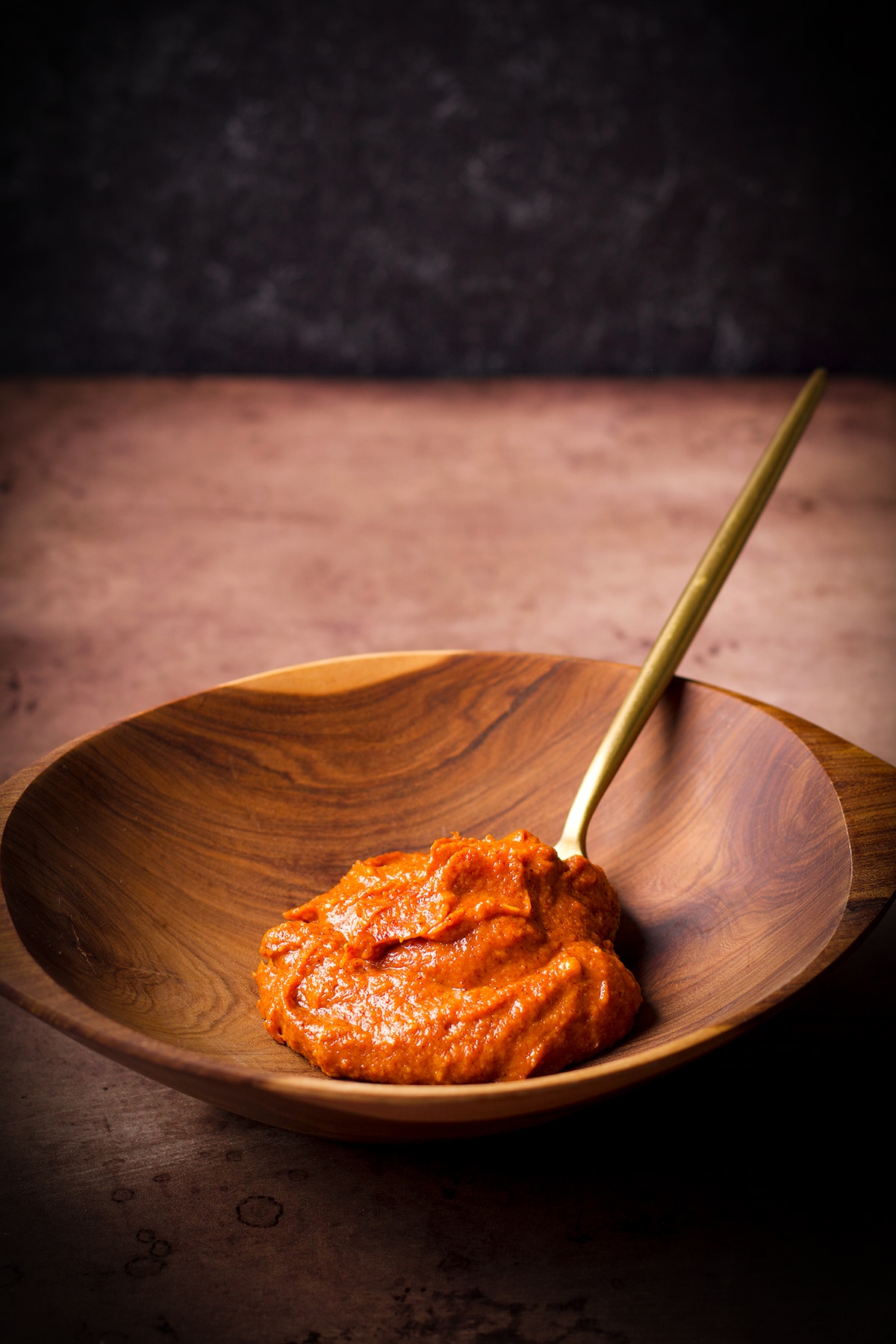
More All-Purpose Sauce Recipes

+ Subscribe to my newsletter for new and exclusive recipes in your in-box every month! As a full time traveler, living, working, cooking, and baking from a 5th wheel RV, it's also where I share our experiences of life on the road.
If you give this recipe a try, let me know! Leave a comment, rate it, or take a picture and tag it #alittleandalot on Instagram.
📖 Recipe
Miso Butter
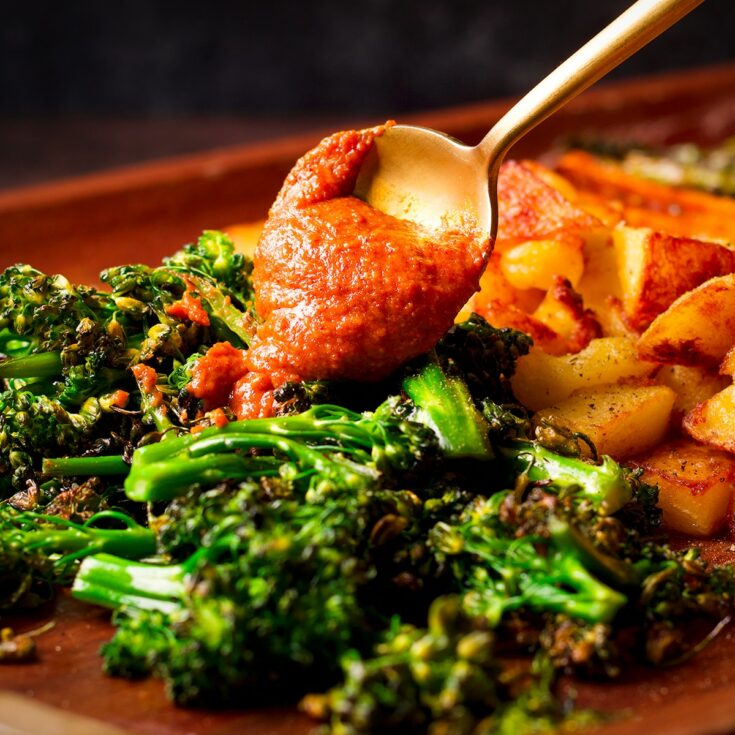
Ingredients
- 3 tablespoons butter, salted or unsalted, at room temperature
- 2 tablespoons miso, I usually use white miso but any kind will do
- 1 teaspoon dry mustard (I used Colman's)
- 1 teaspoon smoked paprika
- 1 teaspoon white wine vinegar
Instructions
- Add all of the ingredients to a small bowl and use a spoon or rubber spatula to mix until everything is completely blended.
- Taste and adjust the seasoning, adding more mustard, paprika, or vinegar if you like. You can also add some fresh ground black pepper if you like.
Notes
- Miso is naturally salty so if you're sensitive to salt, use unsalted butter in this recipe.
Recommended Products
As an Amazon Associate and member of other affiliate programs, I earn from qualifying purchases.
Nutrition Information:
Yield:
5Serving Size:
1 tablespoonAmount Per Serving: Calories: 78Total Fat: 8gSaturated Fat: 4gTrans Fat: 0gUnsaturated Fat: 3gCholesterol: 18mgSodium: 310mgCarbohydrates: 2gFiber: 1gSugar: 1gProtein: 1g




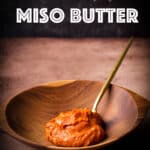
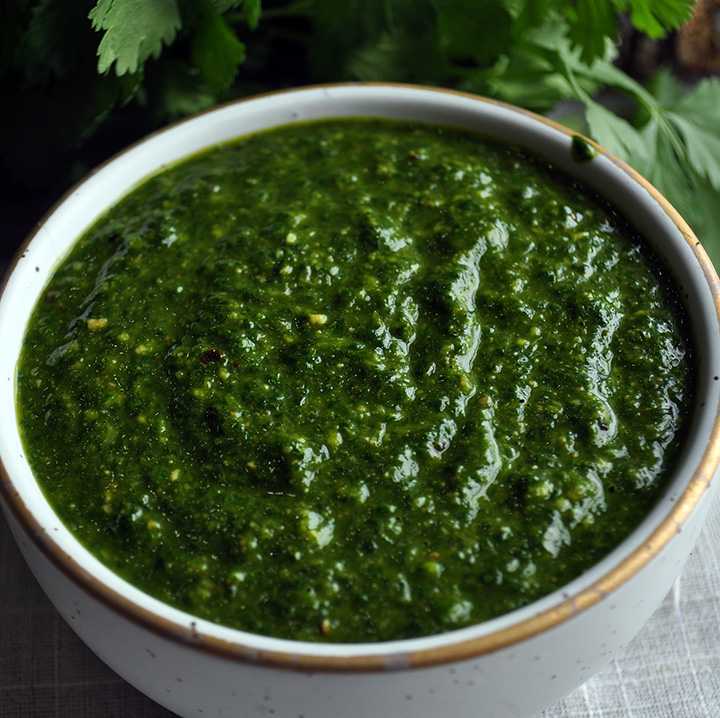
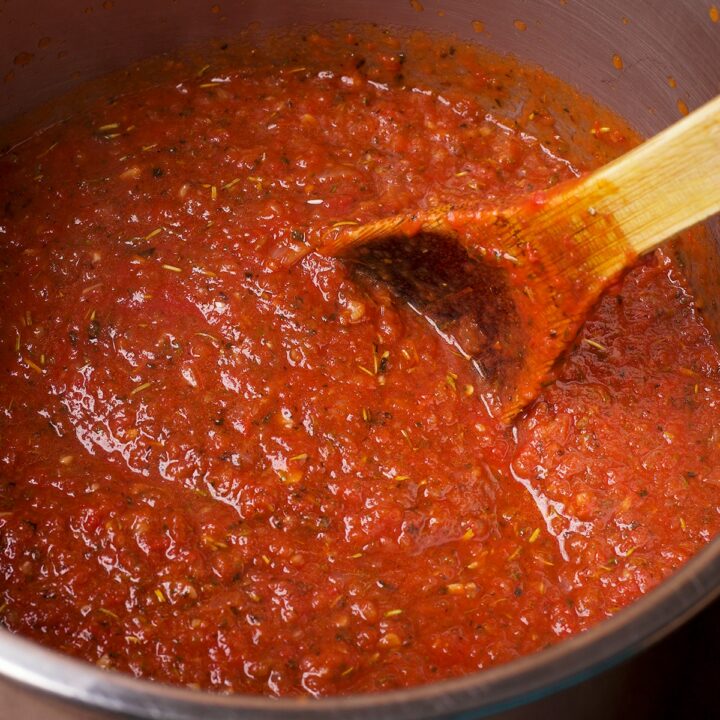
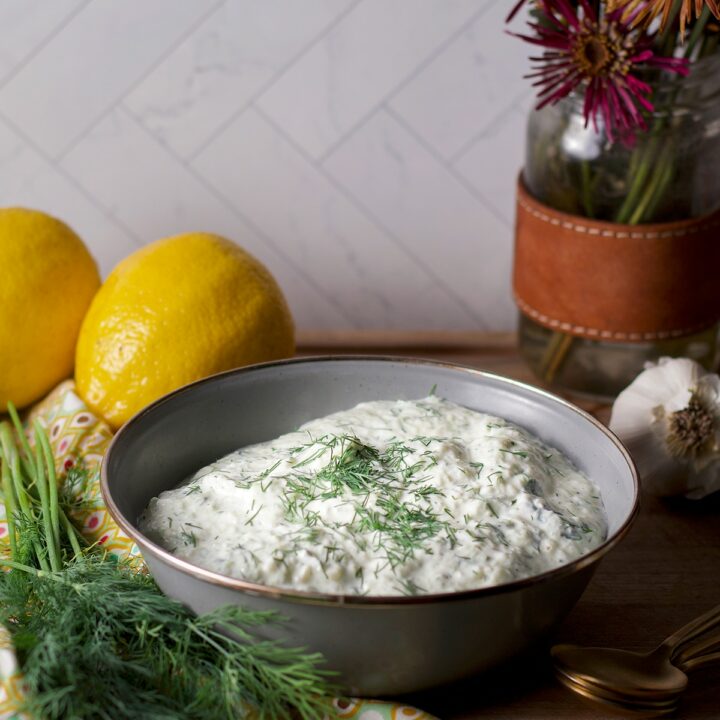







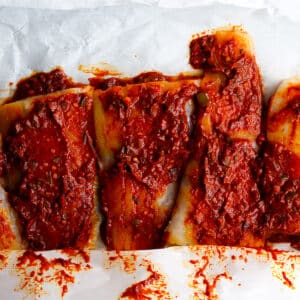

Comments
No Comments